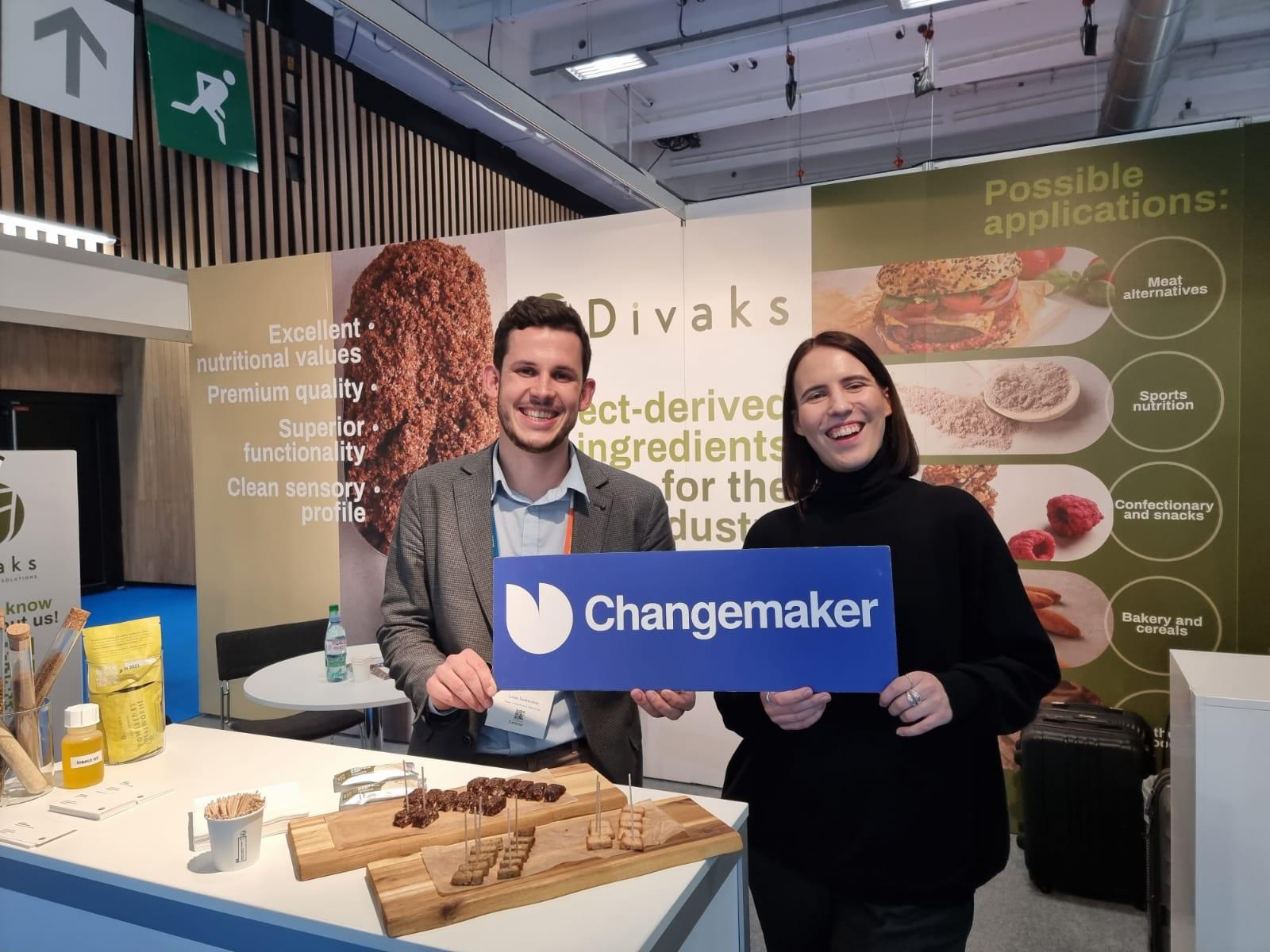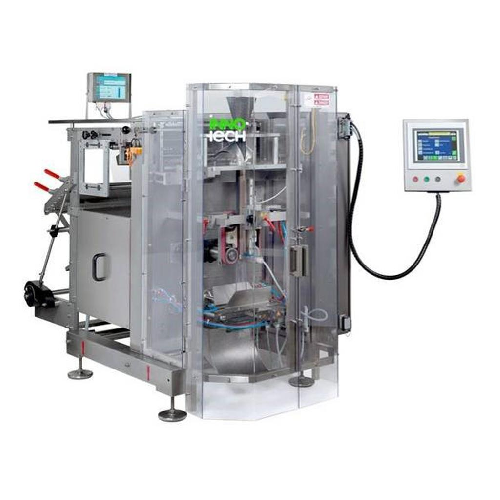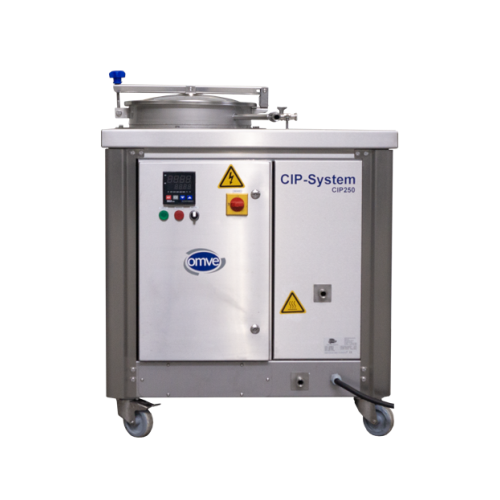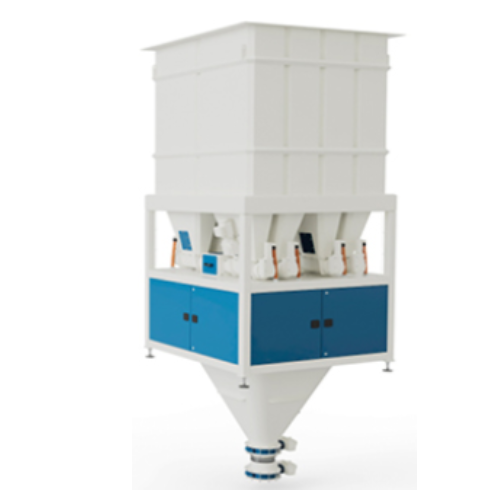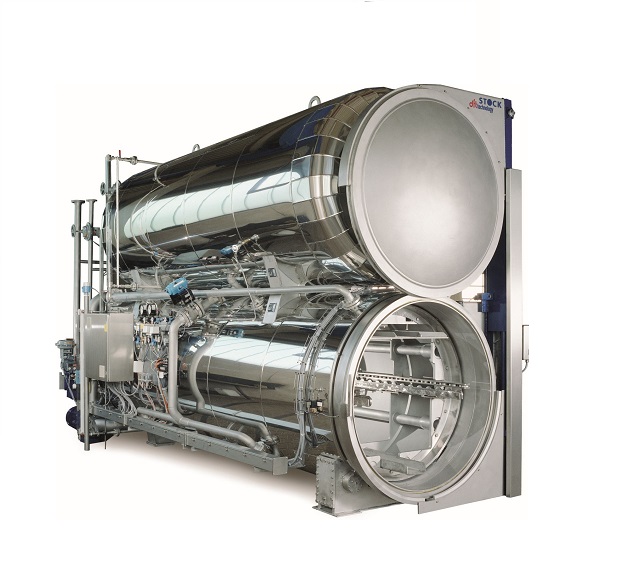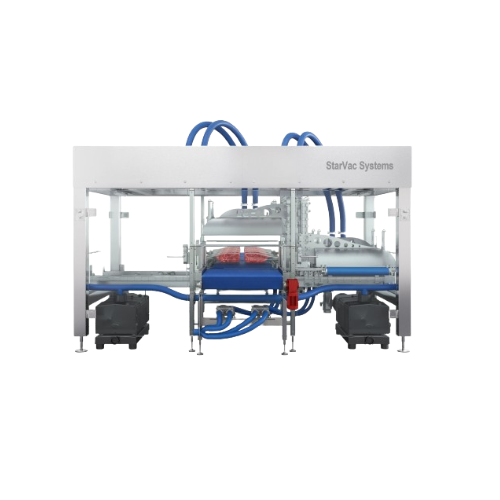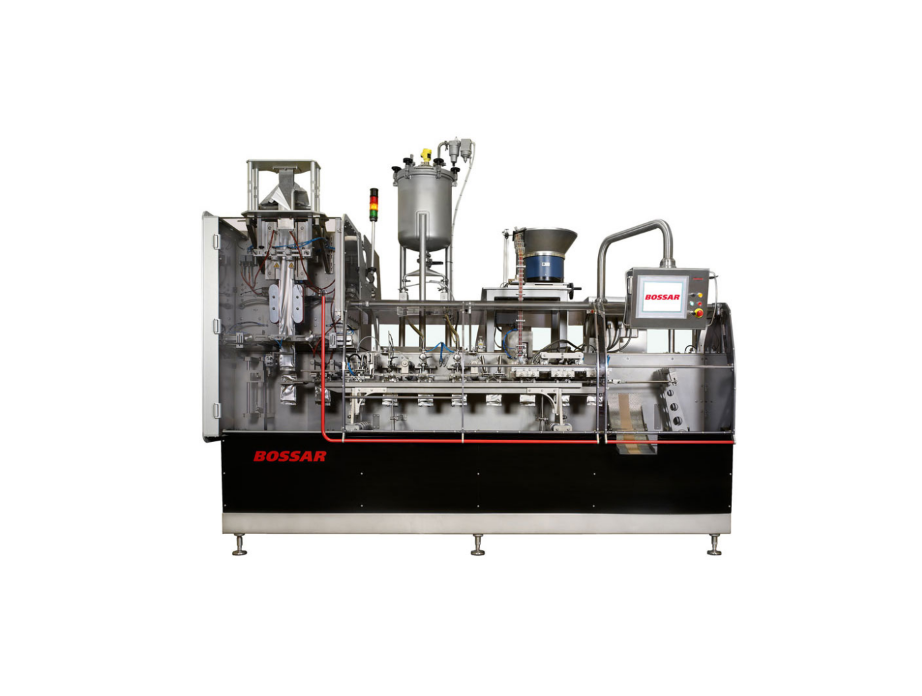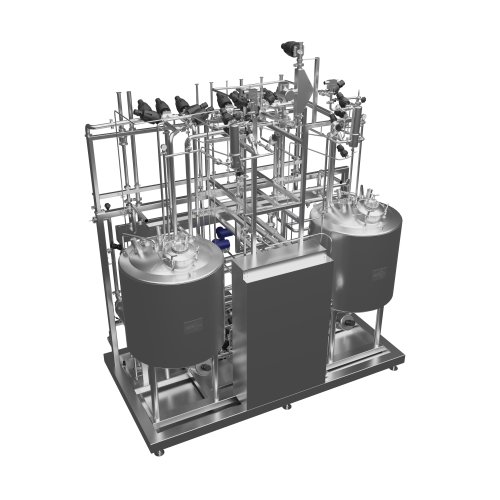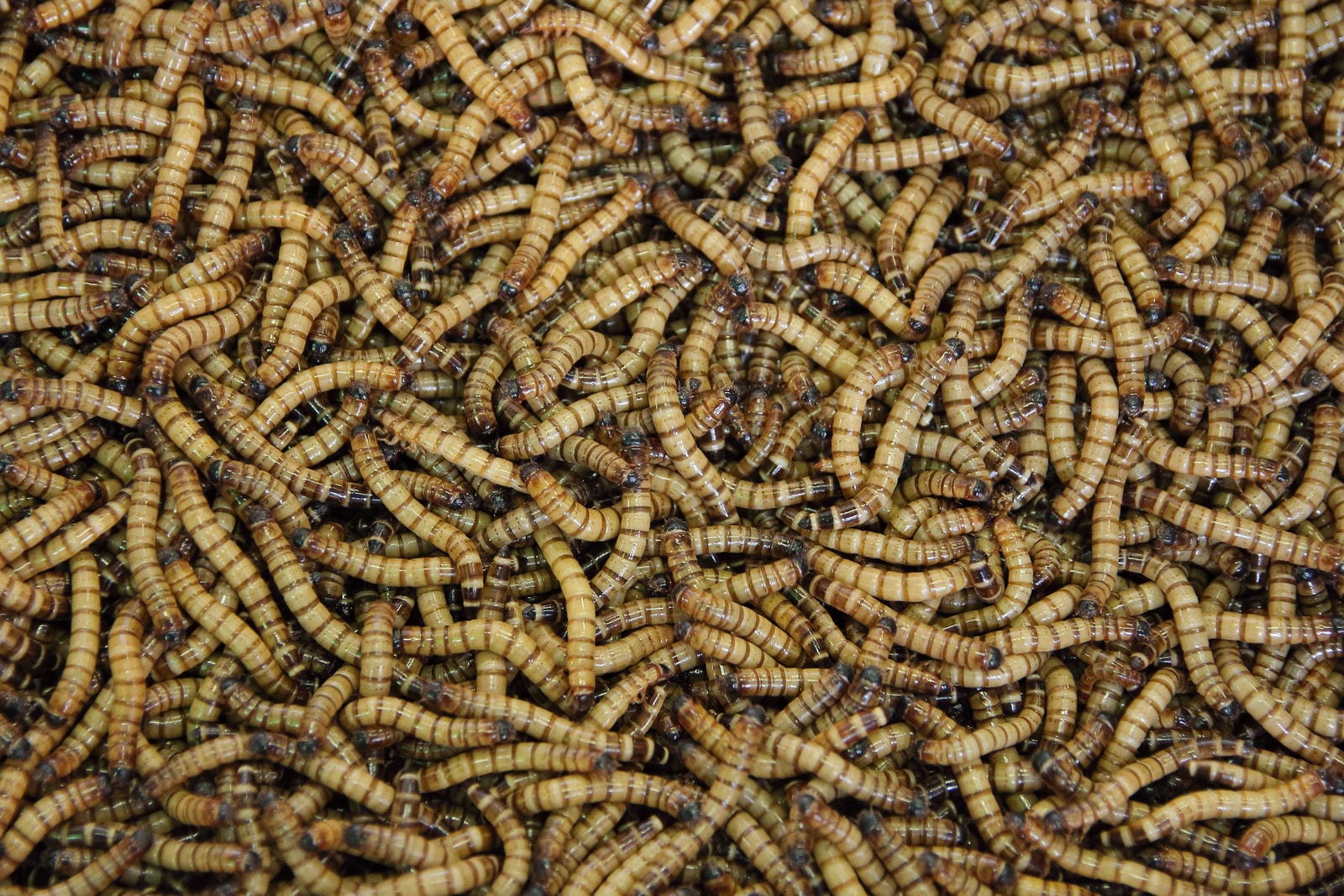
Making Mealworm Protein
Find innovative production technology for making mealworm protein and connect directly with world-leading specialists
Mealworms are a classic angling bait, but their high protein content makes them more than just a snack for fish. The fresh larvae of the insect have long been consumed in Southeast Asia and, in 2021, the European Commission approved dried yellow mealworm as an edible product.
Stories about mealworm protein
Select your mealworm protein process
Tell us about your production challenge
Mealworm protein is rich in beneficial enzymes
Protein is the basic element of muscles. Once ingested, the body breaks it down into amino acids that are then transported to repair muscle breakdown.
Milk protein, consisting of 80% casein and 20% whey, has long been considered the benchmark for protein quality. New research has shown that mealworm protein matches this standard and also includes all essential amino acids needed by humans to digest it.
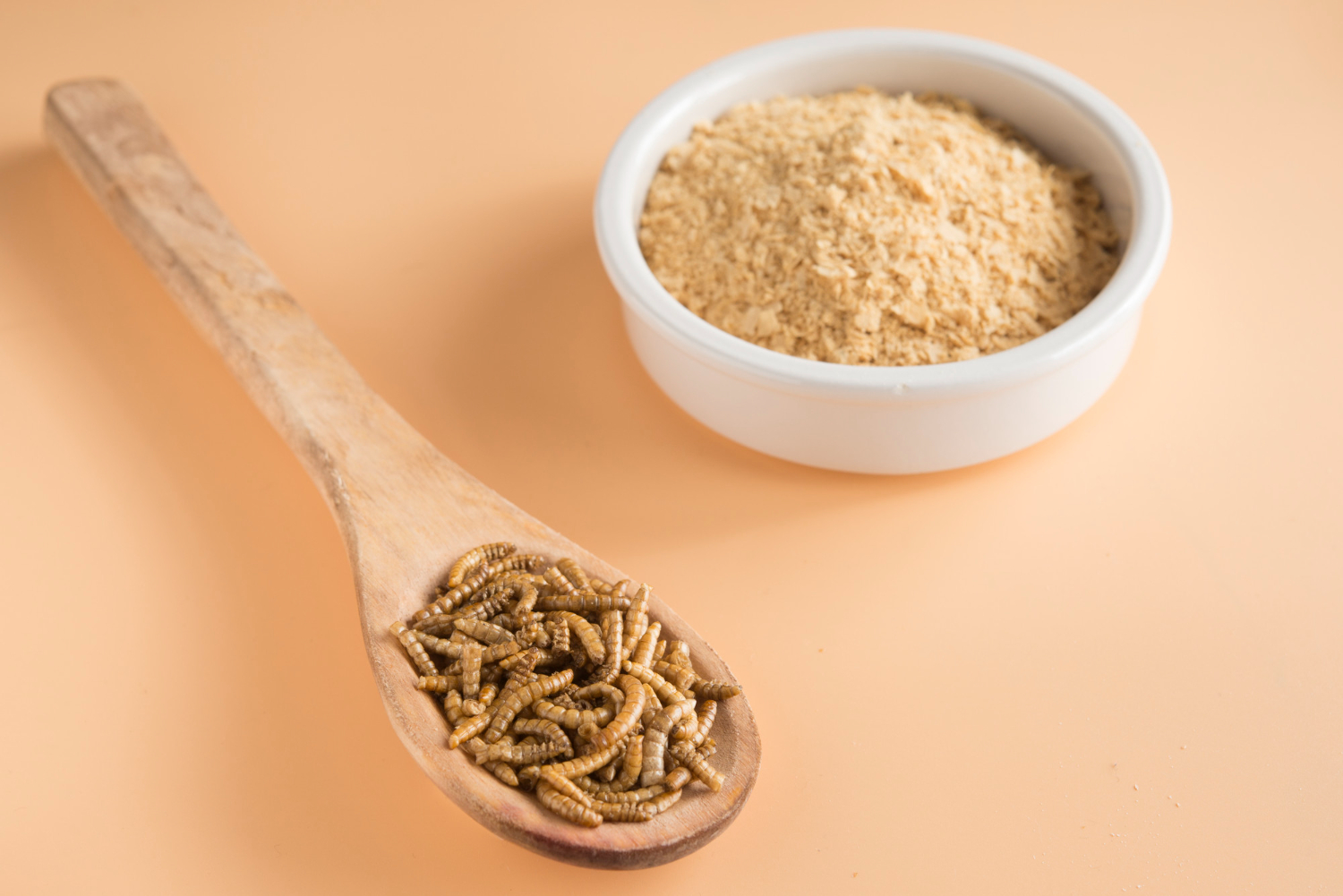
Mealworms offer better protein content than plant-based alternatives
Isolated protein from plants has a smaller amino acid profile than products derived from animals, such as dairy and eggs.
On the other hand, mealworms are a naturally protein-dense source. Freeze-dried larvae contain over 50% content of crude protein converting to around 43% in true terms. What the mealworm lacks in minerals and vitamins, it makes up for in fats and fibers. And it is also scores high potassium and phosphorous.
Mealworm harvesting is more sustainable than traditional methods
Mealworms provide sustainable protein production with a low environmental impact. Cultivation takes as much as 98% less land than livestock, according to one technical estimate, and the larvae reach the ideal size for harvesting (c. 105 mg) within a few months.
Importantly, the mealworm can be fed on low-value products such as potato flour or brewers’ yeast, making production not only cost-effective but also sustainable.
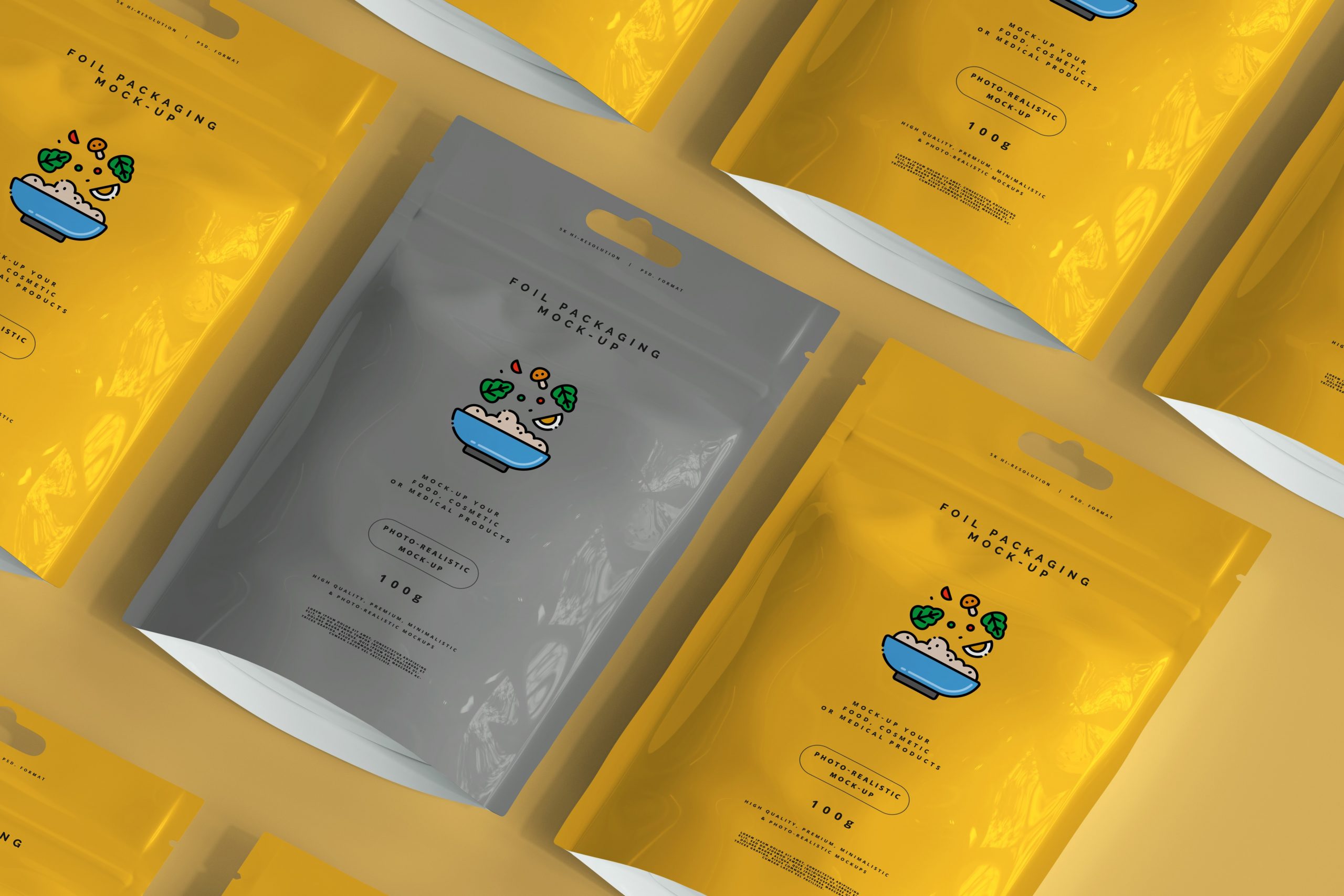
Labeling basics for mealworm food items
In mealworm protein production, labeling is as important as rearing, processing, and pacing. Regulations about consumer information require manufacturers to express mealworm protein contents in percentages.
Labelling must list particulars such as concentrations, allergenics, durability. In the case of packaging smaller than 10 cm, labels may specify only the products present in the food items, but the full details have to be made easily discoverable.
Processing steps involved in mealworm protein making
Which mealworm protein technology do you need?
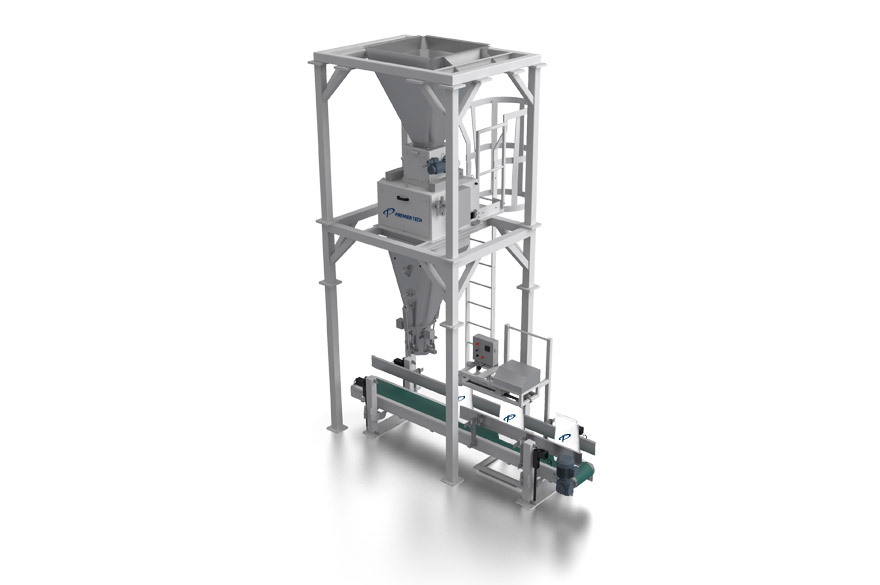
Manual bagger with net weigher
If you are looking for a weigher that is manually controlled for bagging, here it is. It has ...

Industrial drying cabinet
The production of high-quality biltong and similar dried meat products can pose problems with main...

Milling and drying machine for fine powders
When you need to produce ultra-fine powders, the milling and drying process em...
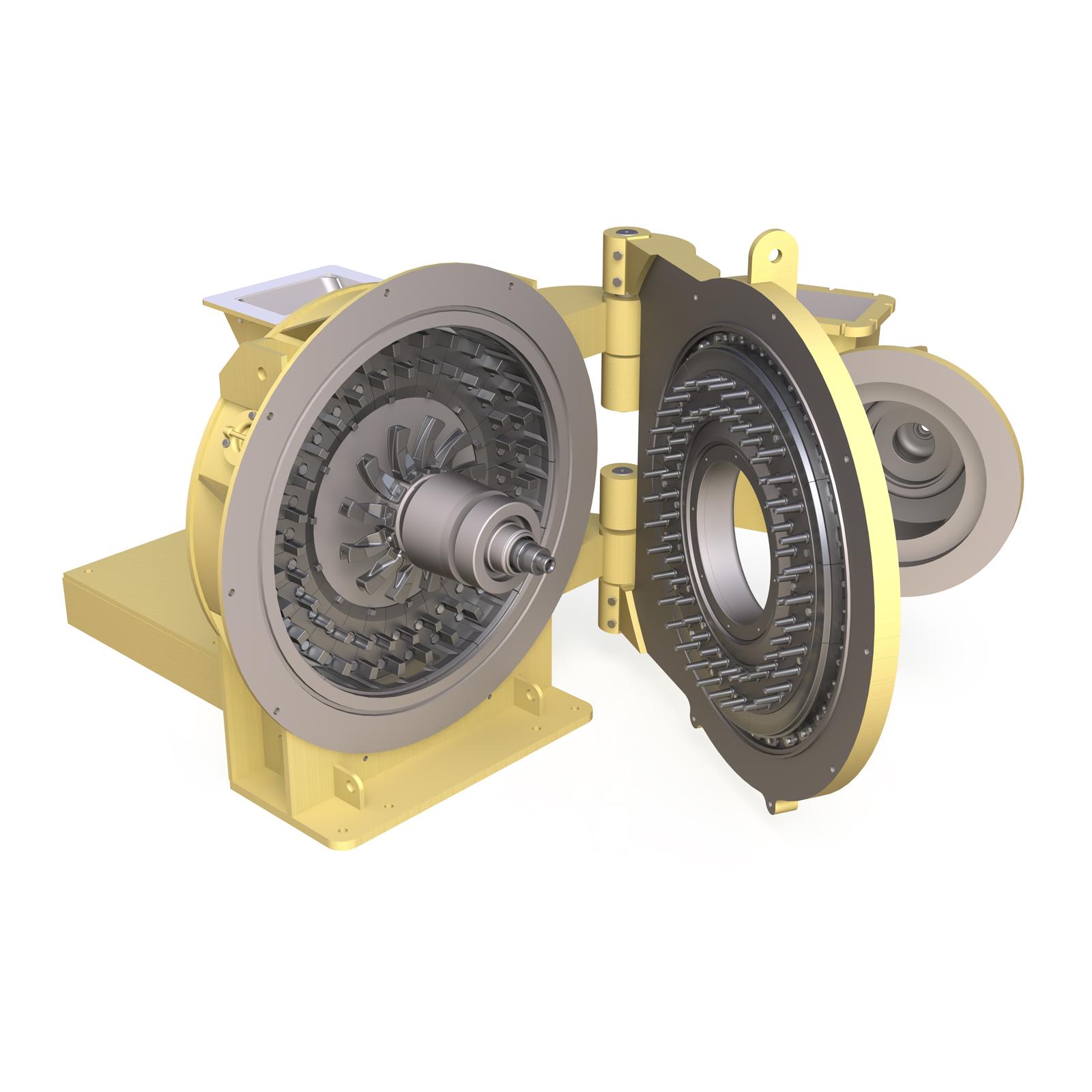
Flash drying grinder for powders
Drying and grinding can be an important feature when trying to process products such as raw...

Insect farming software
No two insect farms are the same and so, each facility requires a modern and tailored solution to ope...
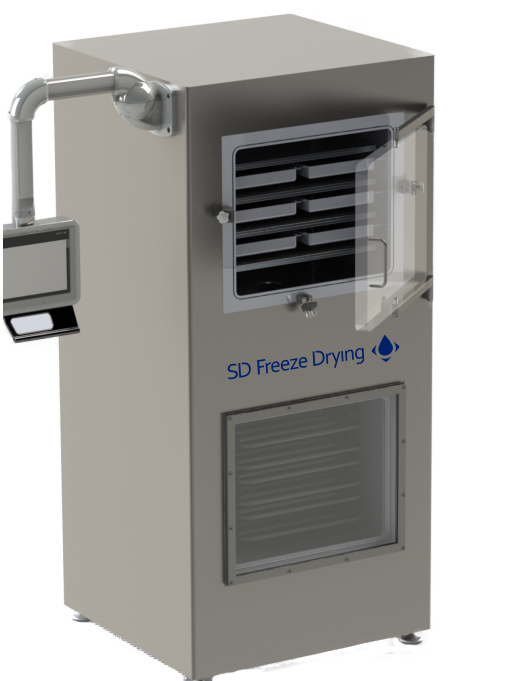
Pilot scale freeze dryer
Freeze drying is a complex and time-consuming drying process which requires maintaining the quality ...
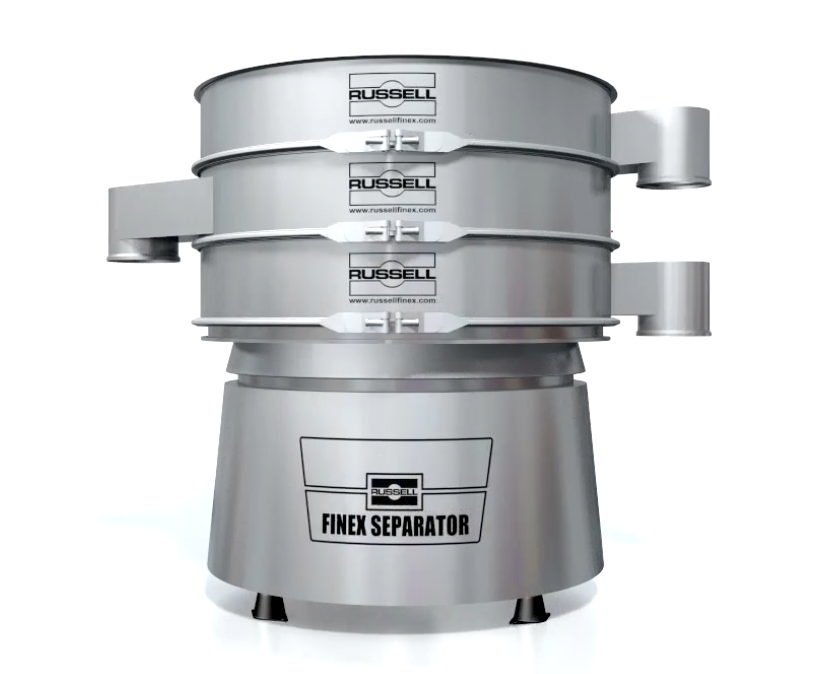
High capacity grading sieve
An industrial vibratory separator machine is multi-purpose, able to carry out a variety of diffe...

Recirculating batch dryer
Drying can be the most energy and time-consuming process in the food industry. This can have an ef...
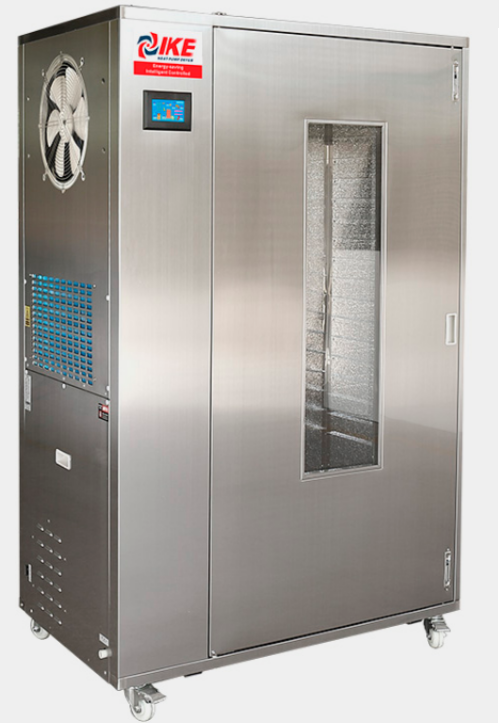
Industrial dehydration machine
Dried fruits are popular both as food in themselves and as ingredients. Traditional drying te...
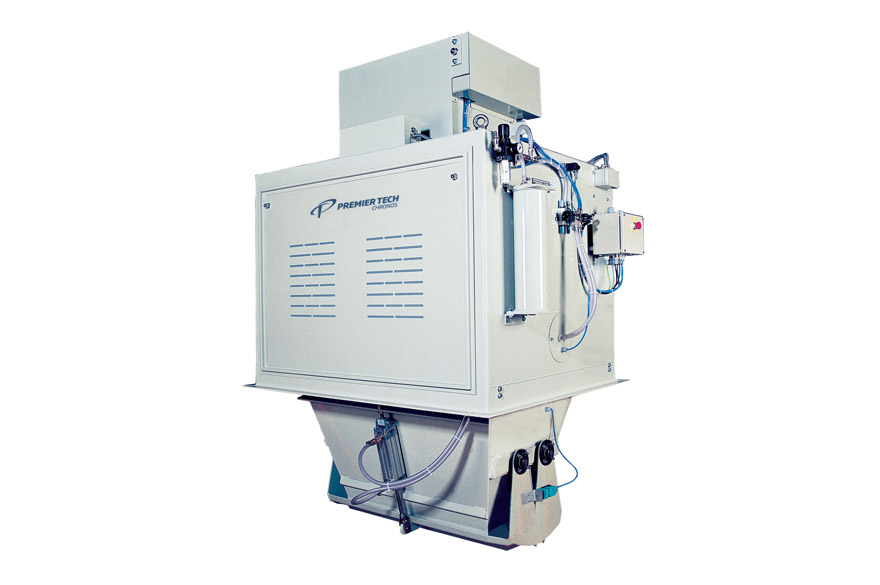
High-capacity bulk weighers
A checking weigher recognized for receiving and shipping bulk materials, typically in mills and ...
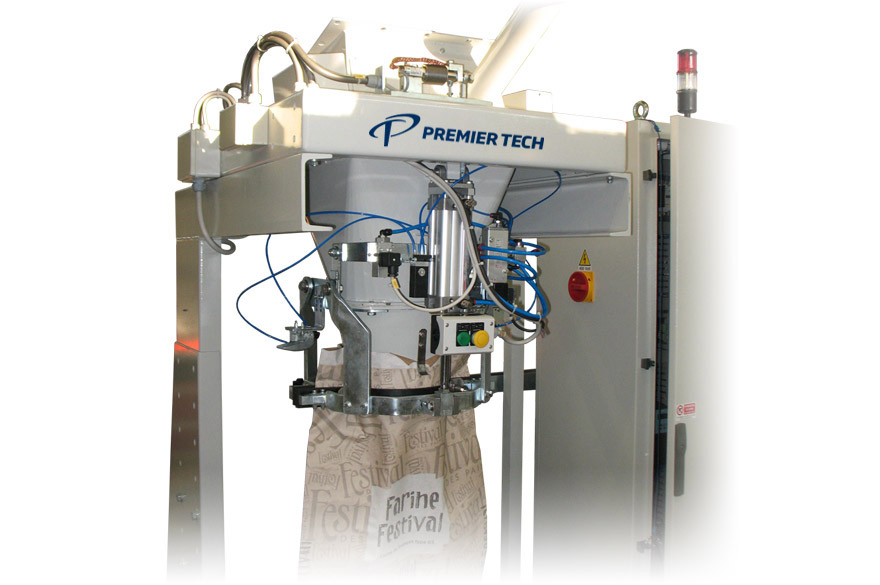
Manual bagger with gross weigher
This is a manual bagging set with an electronic gross weighing system to meet international...
